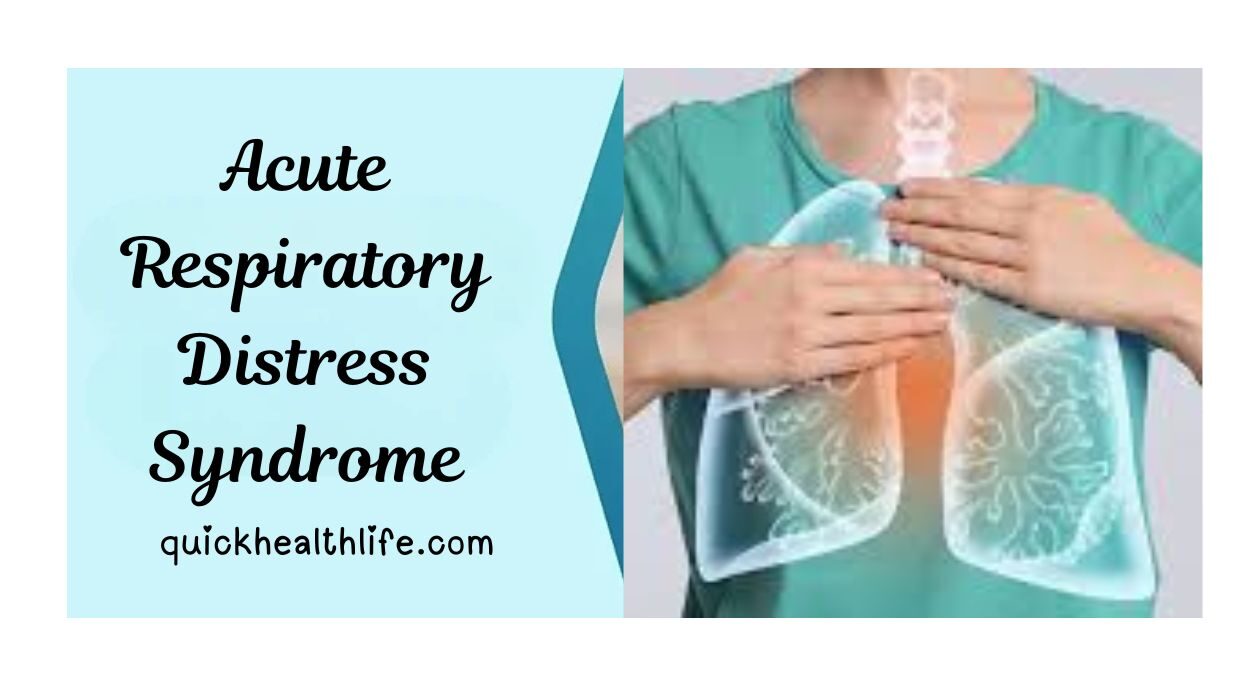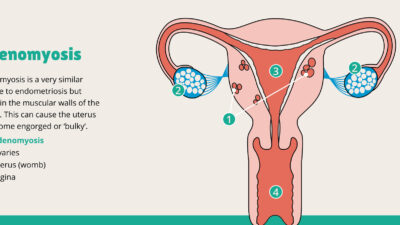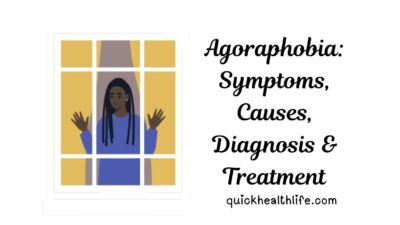What Is Acute Respiratory Distress Syndrome?
Acute respiratory distress syndrome (ARDS) is a serious lung condition that causes low blood oxygen. People who develop ARDS are usually ill due to another disease or a major injury.
In ARDS, fluid builds up inside the tiny air sacs of the lungs, and surfactant breaks down. Surfactant is a foamy substance made by your body that keeps your lungs fully expanded so you can breathe.
Table of Contents
Symptoms
Recognizing early signs is vital for timely intervention. The presentation varies depending on the severity and underlying cause, but common manifestations include:
- Severe shortness of breath, typically worsening over hours to days
- Rapid and labored breathing
- Hypoxemia, causing bluish discoloration of lips and skin (cyanosis)
- Chest discomfort or pressure
- Low blood pressure and confusion due to inadequate oxygen delivery to organs
- Fatigue and a sense of air hunger
Causes
ARDS arises as a downstream effect of numerous insults to the lungs. Some of the most frequent acute respiratory distress syndrome causes include:
- Sepsis – a widespread infection triggering systemic inflammation.
- Pneumonia – bacterial, viral, or fungal infections damaging lung tissue.
- Aspiration – inhalation of stomach contents or foreign material.
- Trauma – including chest injuries or severe burns.
- Blood transfusions – multiple transfusions can cause transfusion-related acute lung injury (TRALI).
- Pancreatitis – leakage of pancreatic enzymes into circulation can trigger lung inflammation.
Notably, ARDS can also develop after exposure to toxic smoke, near-drowning incidents, or severe drug reactions.
Pathophysiology
The acute respiratory distress syndrome pathophysiology is complex and involves three distinct overlapping phases:
- Exudative Phase
- Occurs within the first 7 days.
- Characterized by damage to alveolar-capillary membranes, leading to leakage of protein-rich fluid into alveoli.
- Impaired surfactant production contributes to alveolar collapse.
- Proliferative Phase
- Lasts from 7 to 21 days.
- Marked by repair attempts, infiltration of fibroblasts, and epithelial cell proliferation.
- Gas exchange begins to improve, but lung compliance remains poor.
- Fibrotic Phase
- Occurs after 3 weeks in some patients.
- Lung tissue becomes fibrotic, reducing elasticity and leading to chronic respiratory dysfunction.
This progression corresponds with the 4 stages of ARDS, often described in clinical settings. Early detection and intervention can sometimes halt progression to irreversible fibrosis.
Diagnosis and Tests
Diagnosing ARDS requires excluding other causes of respiratory distress, such as cardiac failure. The assessment generally involves:
- Medical history and physical examination – focusing on risk factors such as recent infection, trauma, or inhalation injury.
- Chest X-ray or CT scan – reveals bilateral lung infiltrates resembling “white-out” lungs.
- Blood tests – measure oxygen levels and identify underlying infections or organ dysfunction.
- Arterial blood gas (ABG) analysis – confirms hypoxemia severity.
- Echocardiogram – rules out cardiac-related pulmonary edema.
The acute respiratory distress syndrome ICD-10 code is J80, used in clinical records for accurate classification and billing.
Treatment
There is no single cure for ARDS; instead, management focuses on supportive care and addressing underlying triggers. Common acute respiratory distress syndrome treatment approaches include:
- Mechanical Ventilation
- The cornerstone of therapy.
- Low tidal volume ventilation prevents further lung injury.
- Positive end-expiratory pressure (PEEP) keeps alveoli open.
- Prone Positioning
- Placing patients face down improves oxygenation by redistributing blood flow in the lungs.
- Medications
- Antibiotics for infections.
- Corticosteroids in select cases to reduce inflammation.
- Sedatives and neuromuscular blockers to facilitate mechanical ventilation.
- Fluid Management
- Conservative fluid strategies help reduce pulmonary edema.
- Advanced Therapies
- Extracorporeal membrane oxygenation (ECMO) may be used for severe, refractory cases.
Prompt treatment improves survival chances and minimizes long-term complications.
Outlook and Prognosis
The outlook for ARDS varies depending on age, health status, and the underlying cause. The ARDS survival rate by age shows that younger patients often recover more fully, while older individuals face higher mortality and risk of long-term complications.
- Survival Rates:
- Younger patients (under 40 years): approximately 60–70% survival.
- Middle-aged adults: around 50–60% survival.
- Elderly patients (over 65 years): survival drops to 30–40%.
Long-term consequences may include reduced lung function, persistent cough, or post-traumatic stress disorder (PTSD) related to ICU stays.
Prevention
While ARDS cannot always be prevented, certain measures can lower the risk:
- Early and effective treatment of sepsis and pneumonia.
- Careful monitoring of patients at high risk, such as trauma victims.
- Avoiding unnecessary transfusions.
- Preventing aspiration through proper airway management.
- Public health measures like vaccination (e.g., against influenza and COVID-19).
Lifestyle modifications—such as smoking cessation and maintaining good general health—also strengthen lung resilience.
Living With ARDS
For survivors, recovery is often a prolonged journey. Rehabilitation involves:
- Pulmonary rehabilitation – exercises and breathing techniques to strengthen lung capacity.
- Nutritional support – adequate diet to promote healing and muscle recovery.
- Psychological care – addressing depression, anxiety, or cognitive decline after critical illness.
- Follow-up medical visits – monitoring for recurrent infections or chronic lung disease.
Family support, patient education, and community resources are invaluable in helping survivors regain independence.



